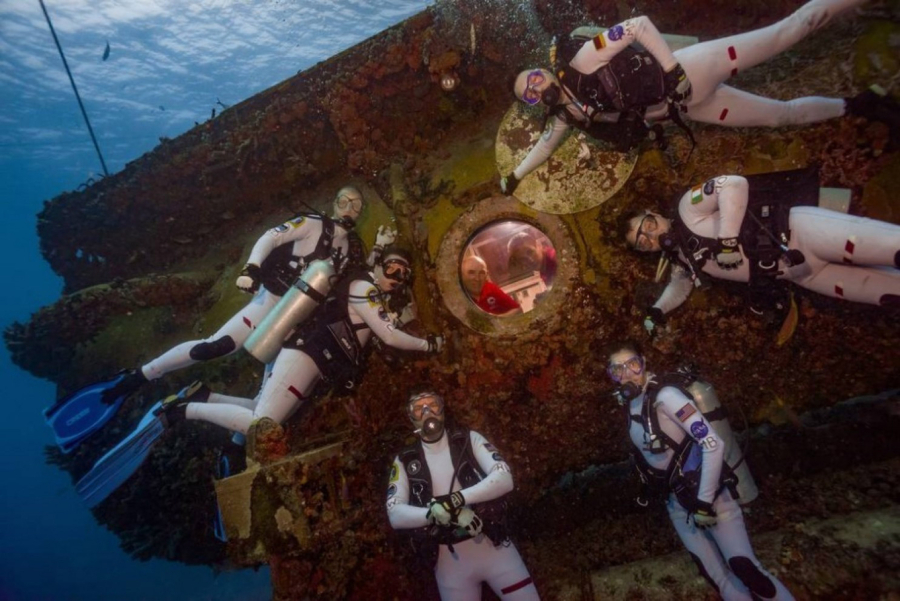Some 62 feet under the seas of the Florida Keys, a band of astronauts — nay, aquanauts — are busy preparing themselves for life in space by living the life aquatic. The NASA Extreme Environment Mission Operations (NEEMO)’s 21st mission began last week, and the 16-day mission seems to be going swimmingly.
NEEMO (which has to be one of NASA’s best overreaching acronyms) is designed to provide an Earthbound analogue to the experience of living on the International Space Station. Astronauts, scientists and engineers from space agencies around the world settle down for a few days in the Aquarius undersea habitat, where they conduct experiments and even go on “spacewalk” simulating dives. They can adjust their buoyancy to simulate the gravity of Mars.
“NEEMO 21 astronauts and crew will pioneer complex tasks on the seafloor utilizing the most advanced underwater navigation and science tools which are methodically choreographed to mimic a Mars exploration traverse,” NEEMO Project Lead Bill Todd said in a statement. For each of the six crew members sent down to the deep blue sea, around a dozen research and support team members are working on land to keep the mission running.
“Equipment can fail, communication can be challenging and tasks can take longer than expected,” Todd said. “Other tasks go just as planned. All cases are equally beneficial. It’s how we learn and how we are able to assemble all of this together so that someday we’re prepared for the unexpected when we are living on and traversing the Martian surface.”



